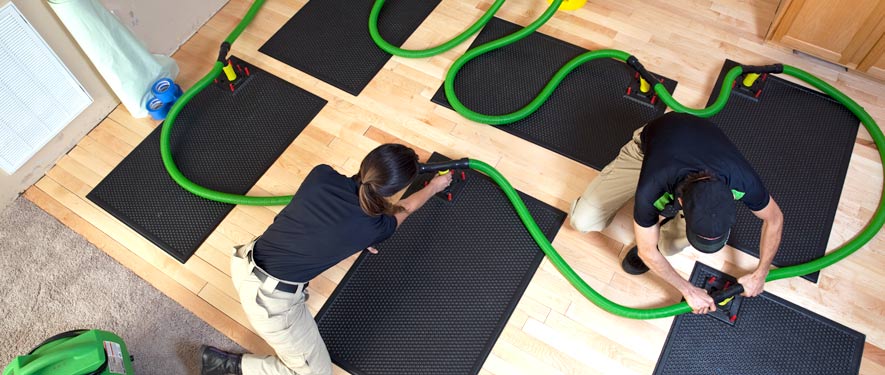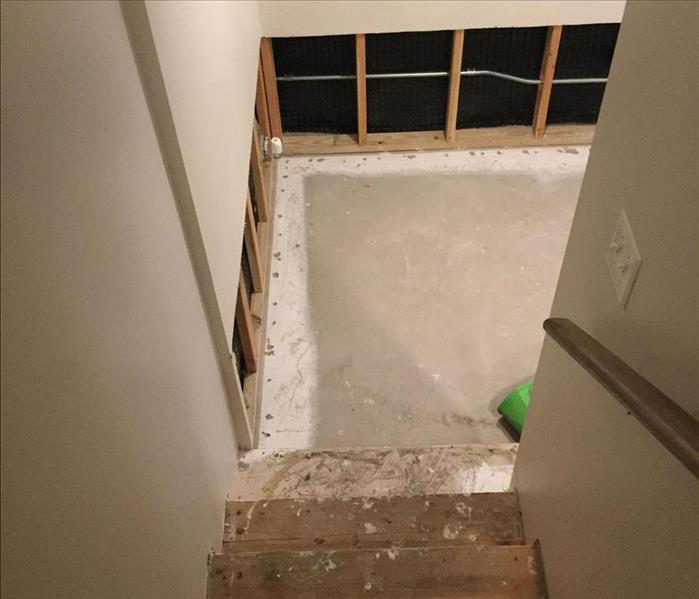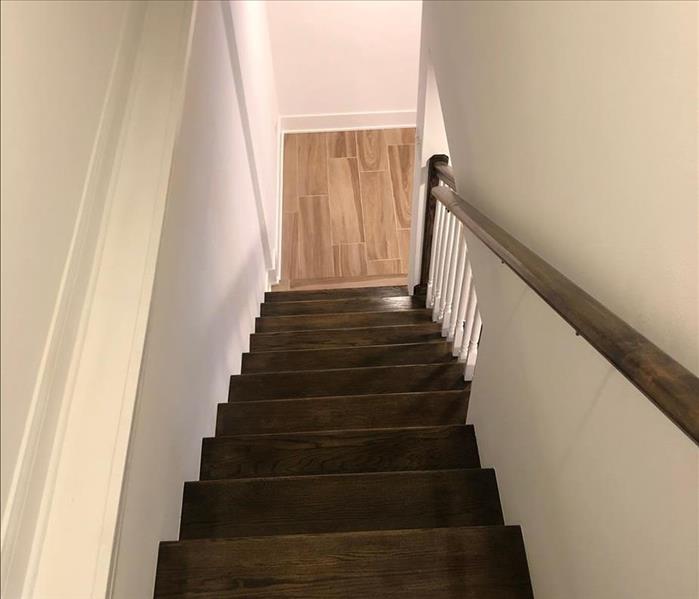
Step 4: Drying and Dehumidification
Our Water Damage Restoration Process
The Steps Beyond Surface Water in Chicago Homes
One of the most common issues that DIY restorers have with their Chicago homes is stopping the drying process too early. In many situations where substantial water emergencies have occurred, it is unlikely that the bulk of this water just remained at the surface levels and did not penetrate the exposed materials, contents, and other sensitive areas. The penetration of migrating water can have a destructive effect on the materials involved, which makes it all the more critical that the appropriate drying processes get started when they should.
Appropriate drying involves:
• Understanding the extent of water damage inside of materials and structural cavities with the use of advanced detection tools.
• An array of premier drying tools and equipment designed to target specific moisture concerns, including saturated wood plank flooring or wet insulation in wall cavities.
• Continued monitoring of the process documented in SERVPRO DryBook software to show the progression of drying affected surfaces.
Who Is Involved in the Critical Drying of Your Chicago Home?
We do not entrust your home or your livelihood after a water emergency to just anyone. We develop and train exceptional water restoration technicians that begin their journey by obtaining accreditations through the Institute of Inspection, Cleaning, and Restoration Certification (IICRC) and continue growing and learning through in-house training and hands-on experience with our powerful tools, products, and techniques. We double-check every phase of the drying process.
Drying / Dehumidification
Our Professionals will use room measurements, temperature, and relative humidity to determine the optimal number of air movers and dehumidifiers to dry your home or business. We’ll carefully monitor the progress using moisture meters until the materials return to acceptable drying goals.
- Use Dehumidification Equipment
- Use Monitoring Equipment to Track Progress
Monitor Floor and Walls
We check the moisture levels to monitor the drying process.
- Monitor Floors
- Monitor Walls
Drying Equipment
- Industrial-grade dehumidifiers help prevent secondary water damage like swelling and warping of floors, walls, and furniture.
- High-speed air movers create airflow across walls, carpets, pads, and furniture, which accelerates the evaporation of moisture.






 24/7 Emergency Service
24/7 Emergency Service


